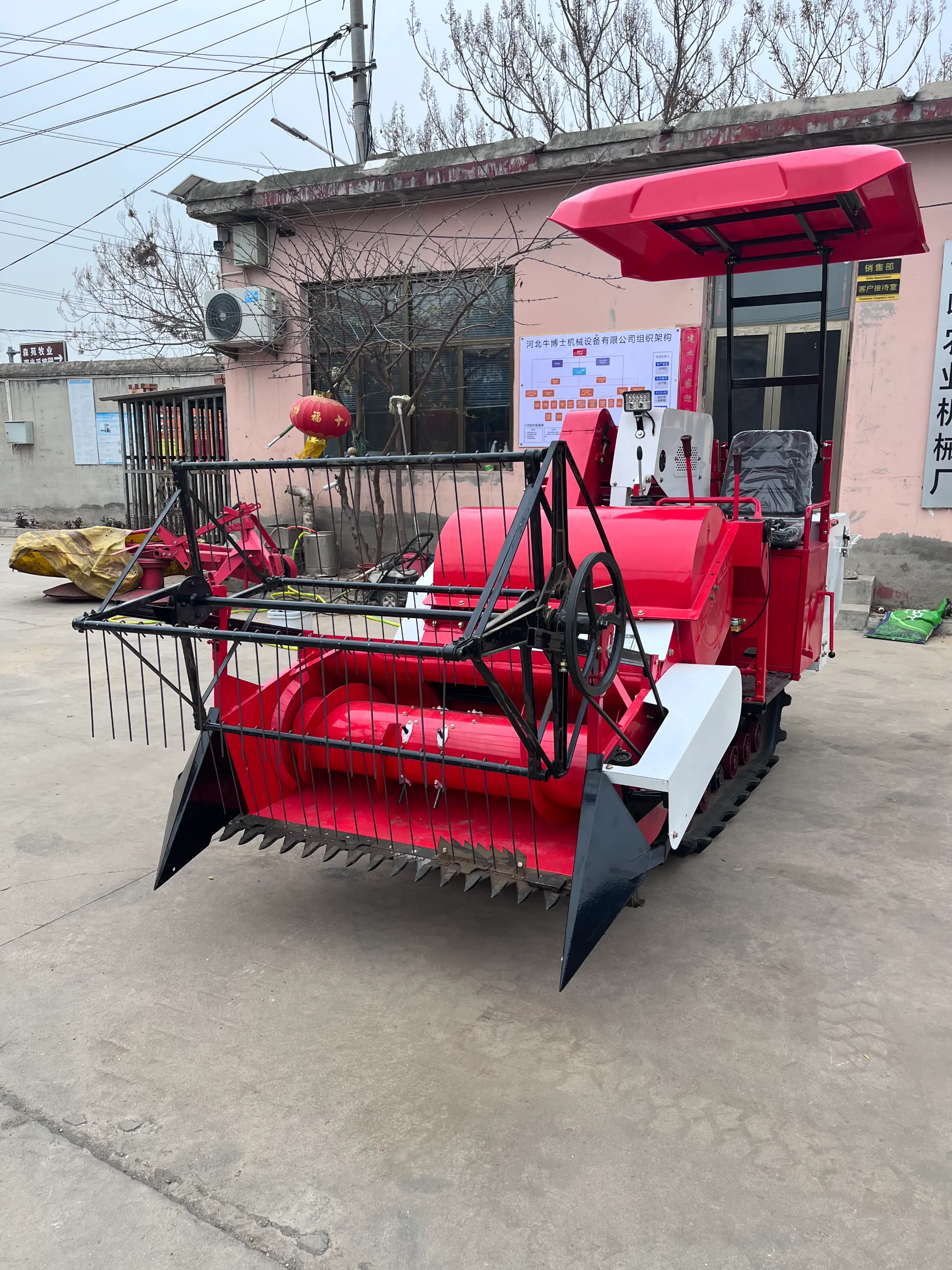wheat binder machine
The Wheat Binder Machine An Overview
Agriculture has undergone significant transformations over the centuries, primarily due to the advent of machinery that simplifies and enhances the efficiency of farming practices. One such innovation pivotal to the harvesting of grain crops is the wheat binder machine. This remarkable piece of equipment has played a crucial role in revolutionizing the way wheat is harvested, bundled, and prepared for further processing.
Historical Context
The wheat binder machine, developed in the late 19th century, represents a significant milestone in agricultural technology. Before its invention, harvesting wheat was labor-intensive and time-consuming, requiring numerous laborers to cut, gather, and tie straw into sheaves by hand. The emergence of the wheat binder machine allowed farmers to significantly reduce the amount of manual labor required and streamline the harvesting process, paving the way for increased productivity.
Functionality
At its core, the wheat binder machine is designed to cut wheat stalks and tie them into bundles, or sheaves, ready for collection. The device operates through a series of interconnected components, including a cutting mechanism, a gathering arm, and a tying system. When the machine is maneuvered through a field, its cutter swiftly slices through the wheat stalks at the base. Subsequently, the gathered stalks are formed into bundles, and a mechanism ties these bundles using twine, ensuring that they remain intact for transportation.
This process not only speeds up harvesting but also ensures that the wheat is collected in a uniform manner, which is essential for later processing, such as threshing and milling. In essence, the wheat binder machine marries cutting-edge mechanical engineering with practical agricultural needs, embodying a solution that benefits farmers both economically and operationally.
Advantages of Using the Wheat Binder Machine
wheat binder machine

The wheat binder machine brings numerous advantages to modern agriculture. First and foremost, it significantly increases productivity. Farmers can cover more ground in less time compared to traditional hand-harvesting methods. This increased efficiency allows them to harvest crops at the optimal time, minimizing losses due to adverse weather conditions or pests.
Secondly, the use of a wheat binder reduces labor costs. While initial investments in machinery may be high, the long-term savings are substantial, as fewer workers are required to operate the machine compared to those needed for manual harvesting. This trend is especially important in regions facing labor shortages or where labor costs are rising.
Furthermore, the wheat binder machine contributes to improved crop quality. By quickly harvesting wheat, the machine helps preserve the quality of the grain by reducing the time it is exposed to the elements, which can lead to spoilage or degradation. The ability to create neatly bound sheaves also aids in the storage and transportation of wheat, allowing for more straightforward logistical planning.
The Future of Wheat Binder Technology
As technology continues to evolve, so does the wheat binder machine. Modern advancements have led to the development of more sophisticated and efficient versions of this equipment. Today's models often incorporate automation and precision engineering, allowing farmers to perform tasks with minimal manual intervention.
Moreover, as sustainability becomes an increasing priority in agriculture, manufacturers are focusing on creating more eco-friendly models that minimize fuel consumption and emissions. Innovations like GPS-guided systems and smart agriculture technologies promise to enhance the efficiency of wheat harvesting further while promoting environmentally responsible farming practices.
Conclusion
The wheat binder machine epitomizes the intersection of technology and agriculture, demonstrating how machinery can transform traditional practices for the better. By increasing efficiency, cutting labor costs, and improving grain quality, the wheat binder has become an indispensable tool in wheat production. As we move forward, it is crucial to continue exploring advancements in agricultural machinery, ensuring that farmers have the tools they need to meet the demands of a growing global population while remaining mindful of sustainability and environmental stewardship. The legacy of the wheat binder machine will undoubtedly continue to shape the future of agriculture in profound ways.
Latest news
-
When to Upgrade Your Old Forage HarvesterNewsJun.05,2025
-
One Forage Harvester for All Your NeedsNewsJun.05,2025
-
Mastering the Grass Reaper MachineNewsJun.05,2025
-
How Small Farms Make Full Use of Wheat ReaperNewsJun.05,2025
-
Harvesting Wheat the Easy Way: Use a Mini Tractor ReaperNewsJun.05,2025
-
Growing Demand for the Mini Tractor Reaper in AsiaNewsJun.05,2025







